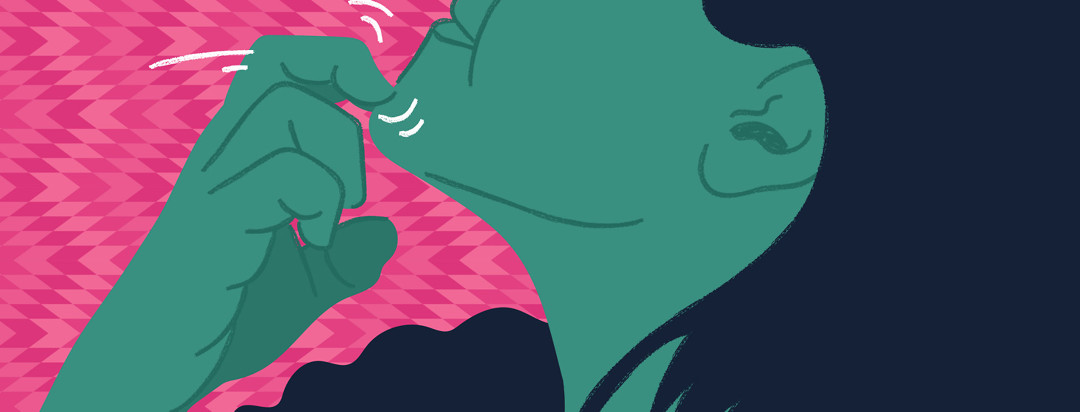Let’s Talk Symptoms
I have written in the past more times than I can count about how asthma is not a “one-size-fits-all” disease. There is such a wide variety of symptoms, and no two people's asthma is the same. This ranges from triggers to symptoms. Asthma is one of those tricky diseases to treat because of its wide range of symptoms. Below, I will list and discuss some of the most common asthma symptoms.
Common asthma symptoms
Wheezing
I teach all new respiratory therapists and medical students/interns that “not all asthmatics wheeze and not all wheezing is asthma.” However, wheezing is a very common symptom of asthma. When our lungs become inflamed and the airways narrow, it causes the wheezing sound. It sounds like a cat symphony.1
Cough
Cough is a very common asthma symptom. For some asthmatics, this is their only symptom. This type is called cough-variant asthma.2 When asthma is flaring, the airways swell, have excess mucus and tightness, which is known as the SET mnemonic. For many asthmatics, the cough tends to be worse at night and upon awakening in the morning.3 The cough may be productive or not.
Chest tightness
During bronchospasm, the airways become swollen and inflamed. This is what causes that all too familiar tightness in the chest feeling, the elephant sitting on the chest feeling, or the feeling like you’re wearing a tight corset.4
Anxiety
It is not uncommon to have some anxiety when asthma is flaring. When you have that feeling of not being able to breathe easily, it causes a great deal of anxiety. On the flip side, having increased anxiety can cause difficulty breathing. It is a double-edged sword.5
Itchy chin
While most asthmatics also have allergies, not everyone does. Itchy chin is common among people with allergies, but it can also occur in non-allergic asthmatics. It feels like an internal itch under the skin that isn’t helped by scratching. It often precedes an asthma attack.6
Are symptoms similar in children?
While asthma symptoms are generally the same regardless of age, they can present differently in young children and babies. Retractions between the ribs and around the clavicles, as well as nasal flaring, are common findings in the little ones who can’t yet tell us what is wrong or how they are feeling.7 Sometimes kids either become more withdrawn and quiet or, on the flip side, may also start acting extra hyper.8
Staying in tune with your body
In this day and age, with COVID-19 spreading like wildfire, a cough is no longer seen as “just a cough.” A sore throat makes us wonder if it is just an upper respiratory virus or *the* virus. It is extra hard for us asthmatics because we get side-eye or gasps when we cough in public. It is super important, more than ever, to be in tune with our bodies and really pay attention to how we are feeling. Also, keep an open line of communication with your medical team.
What are your most common asthma symptoms? Drop them in the comments below!

Join the conversation